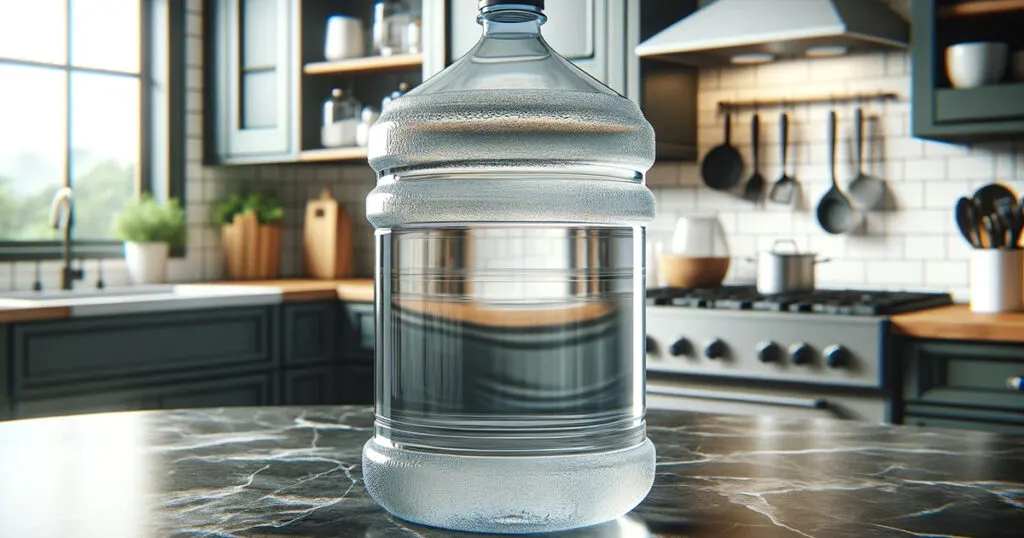Learn to create a potent bleach solution using calcium hypochlorite for effective cleaning and disinfection, offering a practical alternative to store-bought bleach with extended shelf life and cost efficiency.

Introduction to Calcium Hypochlorite
Definition and Properties
Calcium hypochlorite, a chemical compound known for its disinfectant properties, serves as an efficient bleaching agent and water treatment solution. This granular compound stands out for its longevity and potency compared to liquid bleach solutions.
Advantages Over Liquid Bleach
Extended Shelf Life
Unlike traditional bleach, which degrades within 6-12 months, calcium hypochlorite can retain its effectiveness for up to 10 years when stored under optimal conditions, making it a superior choice for long-term use.
Economic Efficiency
The cost-effectiveness of calcium hypochlorite, given its extended shelf life and reduced frequency of replacement, renders it an economically viable alternative for various disinfection needs.
Creating a Bleach Solution
Materials and Preparation
Necessary materials include calcium hypochlorite and water. A precise measurement of 1 gram of calcium hypochlorite per gallon of water is ideal for achieving the desired solution strength.
- Measure: Add 1 gram (about 1/4 teaspoon) of calcium hypochlorite to 1 gallon of clean water.
- Mix: Stir until fully dissolved.
- Use: Apply the solution within 24 hours for best results.
Application and Use
The freshly prepared solution is most effective within the first 24 hours, making it ideal for immediate use in disinfecting surfaces and cleaning water containers. A minimum contact time of 30 minutes is recommended to ensure thorough disinfection.
Post-Application Measures
Rinsing with clean water after the disinfection process is essential to remove any residual bleach solution, safeguarding against potential chemical exposure.
250 Gallon Tote Stock
To create a solution of calcium hypochlorite for a 250-gallon tote, follow these steps:
Step 1: Mix a Stock Solution
- Dissolve 1 heaping teaspoon (roughly 1/4 ounce or 7 grams) of calcium hypochlorite in 1 gallon of water. This creates a concentrated chlorine solution.
Step 2: Treat the 250-Gallon Tote
- Add 1 pint (16 ounces) of the stock solution to the 250-gallon tote. This will provide a chlorine level of around 4–6 ppm, which is generally sufficient for water disinfection.
Notes:
- Ensure the tote is sealed after treatment to prevent contamination.
- Stir or circulate the water to evenly distribute the chlorine.
- Let the water sit for at least 30 minutes before use. If the chlorine smell is too strong, allow it to off-gas by letting the water sit uncovered for a few hours.
These two methods describe different solution strengths. Why?
Let’s compare and clarify:
Method 1: 1 Gram Per Gallon
- This is a lower-strength solution used directly for cleaning or disinfecting surfaces.
- It’s not designed as a concentrated stock solution for larger applications.
Method 2: 7 Grams Per Gallon (1 Heaping Teaspoon)
- This creates a concentrated chlorine solution, which can then be diluted for disinfecting water, such as in a 250-gallon tote.
- It is the standard approach when using calcium hypochlorite for large-scale water purification because it produces a highly potent stock solution.
Why the Differences Exist:
- The 1 gram per gallon recommendation is a ready-to-use disinfectant.
- The 7 grams per gallon creates a concentrated stock solution designed for further dilution when treating large volumes of water.
Correct Alignment for the 250-Gallon Tote:
To purify water in a 250-gallon tote:
- Use 7 grams (1 heaping teaspoon) of calcium hypochlorite dissolved in 1 gallon of water to create a concentrated solution.
- Add 1 pint (16 ounces) of this solution to the 250-gallon tote.
This method ensures effective disinfection and matches the stronger, concentrated solution approach for water treatment.
Frequently Asked Questions (FAQs)
Effectiveness Against Pathogens
Calcium hypochlorite solutions are highly effective in eliminating bacteria, viruses, and other harmful microorganisms, thereby ensuring the cleanliness and safety of treated surfaces and water containers.
Technical Specifications
The inclusion of additional compounds such as chlorides and hydroxides in some calcium hypochlorite formulations enhances the disinfectant properties of the solution, contributing to its broad-spectrum efficacy.
Conclusion
Utilizing calcium hypochlorite for DIY bleach production offers a reliable and efficient method for disinfecting and cleaning, combining ease of preparation with superior longevity and effectiveness compared to conventional bleach products. Adhering to safety guidelines and appropriate concentration levels ensures optimal results and user safety.


David
Tuesday 27th of May 2025
Please let people know to be extremely careful handling Calcium Hypochlorite dust will kill you or by settling in your lungs and cut off your Oxygen and it is very volatile around Fire! It makes the fire bigger and releases the chlorine gas! Do not Ever Get Relaxed Around It Because It Will Kill You ! I worked in water and wastewater and I know that certain chemicals can and will kill you or leave you feeling almost dead !
David
Monday 1st of September 2025
@David, What kind of filter should be worn when working with this chemical? Would a normal shop respirator with an organic filter be sufficient?
Rob Benson
Tuesday 27th of May 2025
Smart advice, thank you!
Jacqueline
Wednesday 14th of August 2024
How do you make drinking water safe to drink. Or is that not possible using Calcium hypochlorite?
Rob Benson
Tuesday 20th of August 2024
Here ya go: https://buckhorncliffs.com/purify-water-without-a-filter/
Richard Eckler
Thursday 6th of June 2024
What mixture is appropriate for washing clothing?
Rob Benson
Thursday 20th of June 2024
Having not done this... but I would do about a tablespoon in 1 gallon of water. Add the solution to your wash water then make sure to let it soak for at least 30 minutes before rinsing.
William french
Wednesday 13th of March 2024
I bought some p&g purifier of water one packet treats 2.5 gallons of water the problem is it says it expires in Jan 2026 is that the real shelf life or did I buy the wrong item
Rob Benson
Thursday 14th of March 2024
While that product is good, it has a very low amount of Calcium Hypochlorite in comparison (less than 1% by volume) and the other 99% of ingredients aren't listed (that I can see) so I can't attest to the shelf life but I doubt that expiration is accurate.